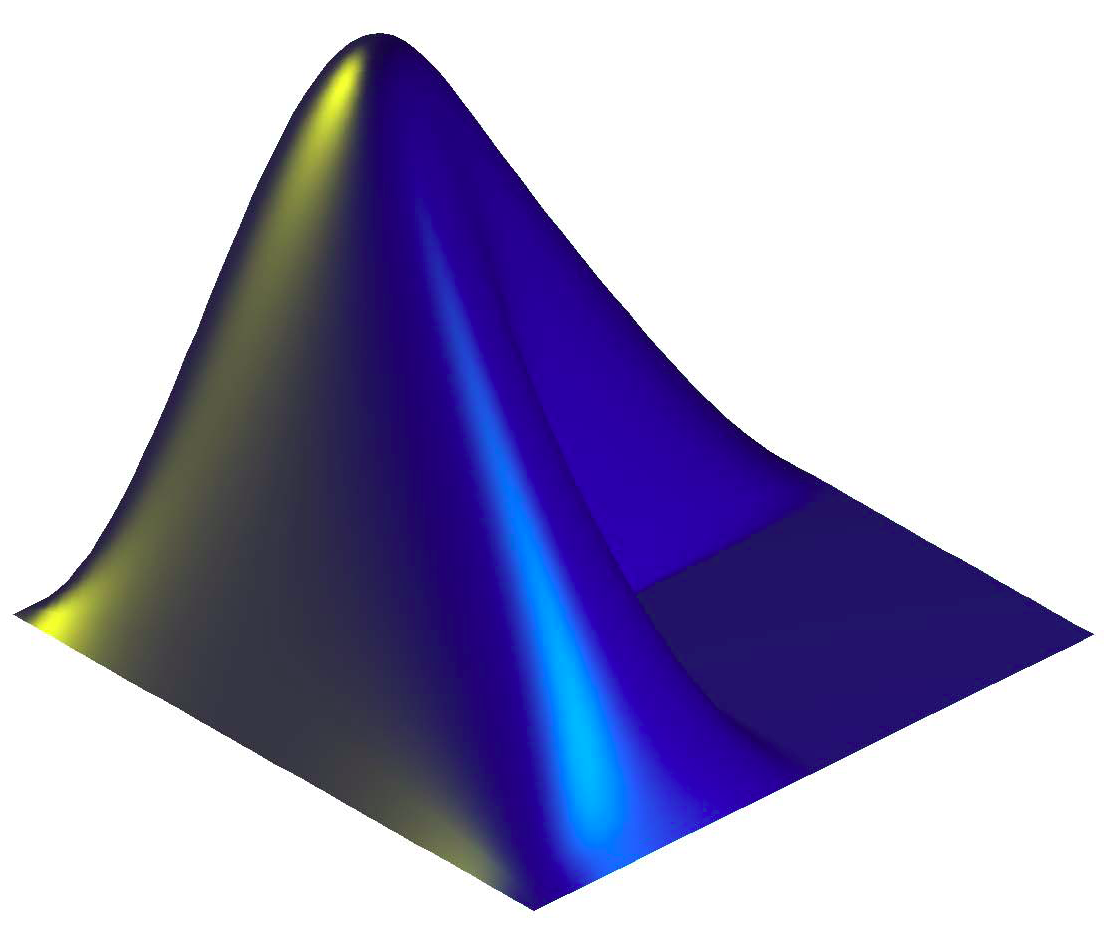-
Notifications
You must be signed in to change notification settings - Fork 10
mus.key
Olivier Lartillot edited this page Jul 21, 2017
·
1 revision
Gives a broad estimation of tonal center positions and their respective clarity.
It consists simply of a peak picking in the mirkeystrength curve(s). Two options of sig.peaks are accessible from mus.key:
- ‘Total’, set to 1
- ‘Contrast’, set to .1 The ‘Weight’ and ‘Triangle’ options used in mus.chromagram can be changed directly in mirkeystrength.
mus.key accepts either:
- mus.Keystrength objects, where peaks have been already extracted or not,
- mus.Chromagram objects,
- sig.Spectrum objects,
- sig.signal objects , where the audio waveform can be segmented (using sig.segment), decomposed into channels (using sig.filterbank), and/or decomposed into frames (using sig.frame or the ‘Frame’ option, with by default a frame length of 1 s and half overlapping),
- file name or the ‘Folder’ keyword.
mus.key can return several outputs:
- the best key(s), i.e., the peak abscissa(e);
- the key clarity: i.e., the key strength associated to the best key(s), i.e., the peak ordinate(s);
- the mus.keystrength data including the picked peaks (sig.peaks).
mus.key(..., ‘Frame’, ...) performs first a frame decomposition, with by default a frame length of 1 s and a hop factor of 50% (0.5 s). For the specification of other frame configuration using additional parameters, cf. sig.frame
